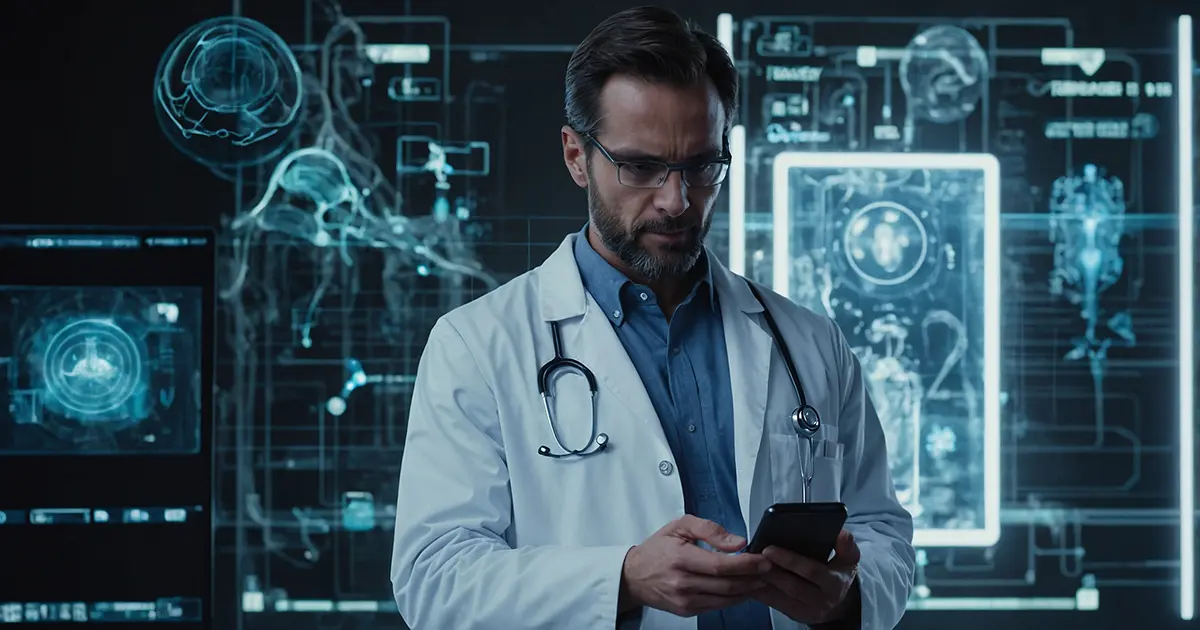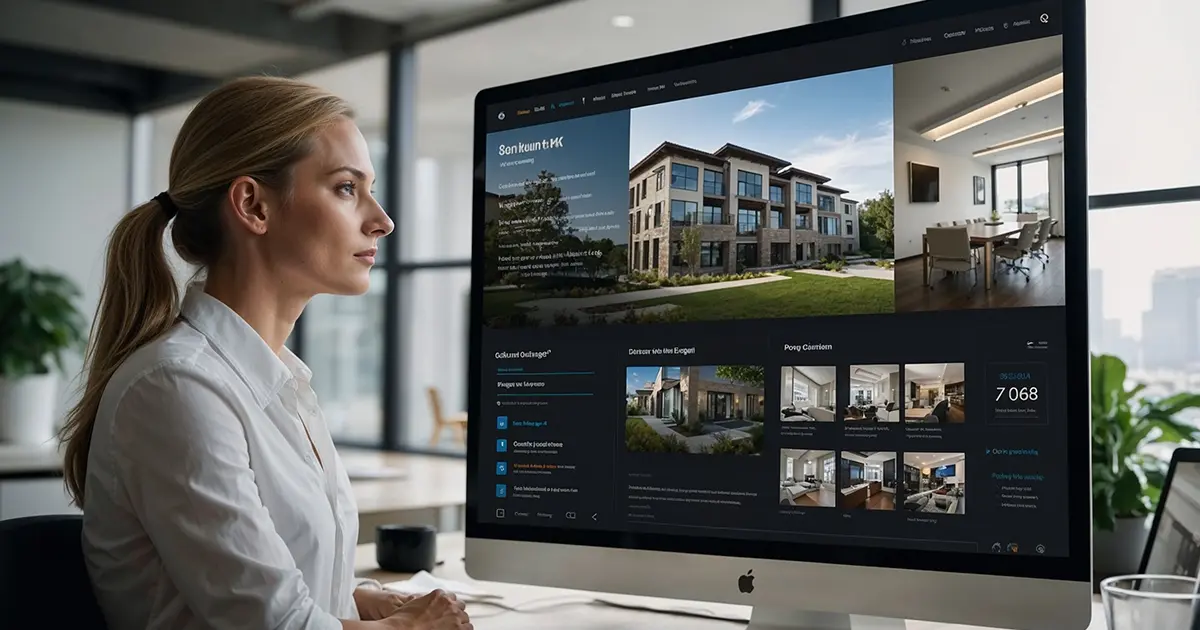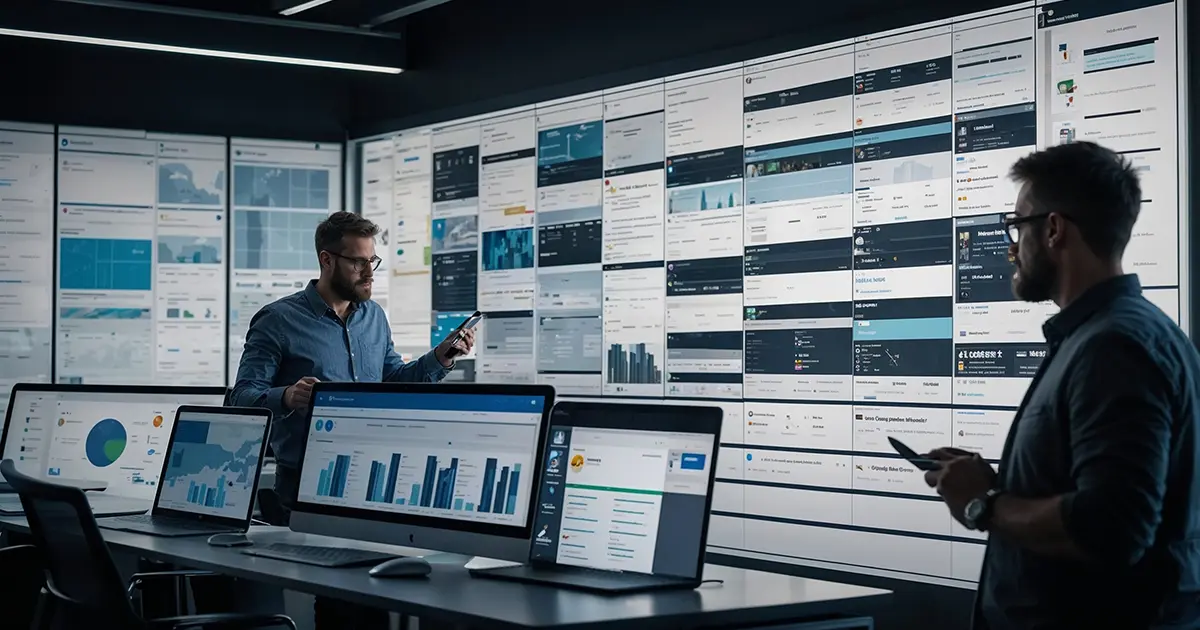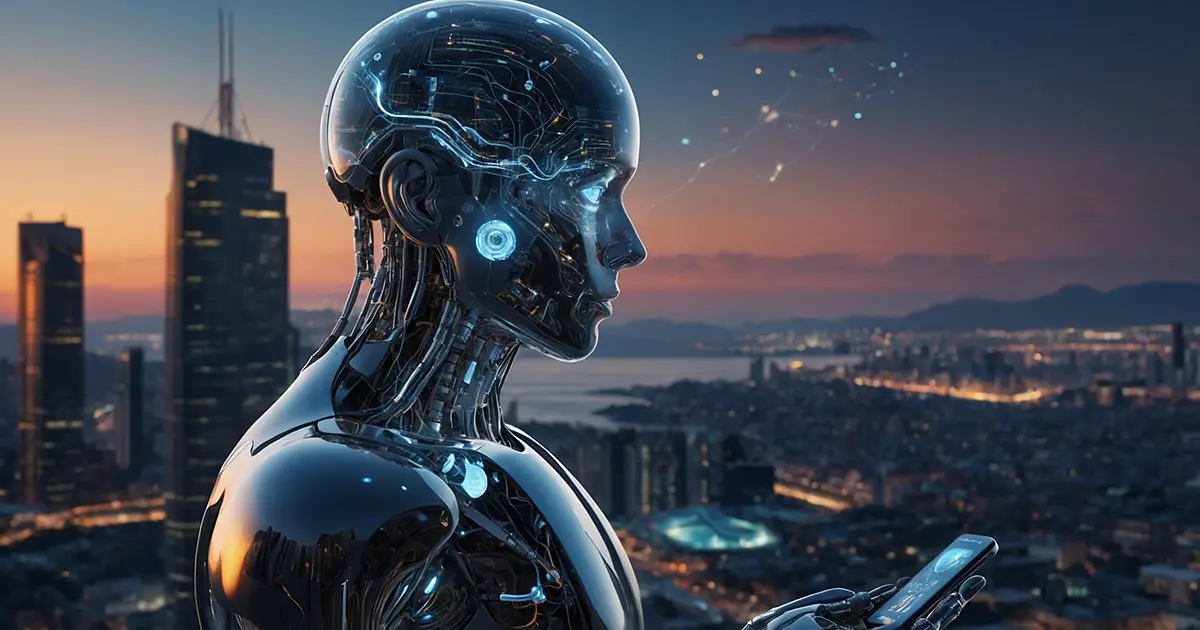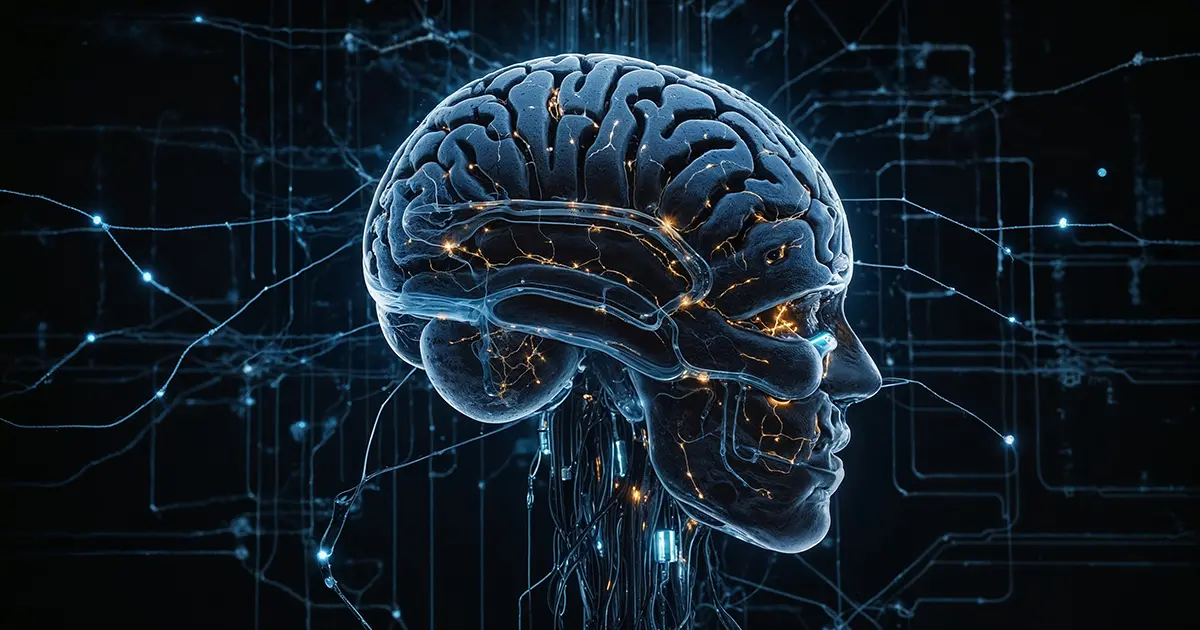AI for Health: A Beginner’s Guide to Intelligent Monitoring Tools
Artificial intelligence is revolutionizing the way we track and manage our health. From apps that monitor vital signs to wearables that detect heart problems early, AI-based tools offer personalized insights. Learn how you can use AI-powered devices to stay on top of your health and what the future holds for medical technology.
How AI research in medicine began
Artificial intelligence in medicine has been a focus of research since the 1970s, when scientists began exploring the possibility of using AI to improve diagnostic accuracy. One of the earliest projects was MYCIN, a system designed to help doctors diagnose infections. Stanford University researchers, including Dr. Edward Shortliffe, were among the pioneers. MYCIN laid the groundwork for later AI applications by proving that machines could process vast amounts of medical data faster than human experts. Companies like IBM began to take an interest, with IBM Watson being one of the first AI systems applied to healthcare in the early 2000s. This interest grew as the potential for AI to assist in diagnosis, treatment planning, and patient care became clear.
The first real applications of AI in medicine
In the early 21st century, AI applications in healthcare became more practical. IBM Watson led the way, particularly in cancer treatment. One of Watson’s most famous successes was helping doctors at Memorial Sloan Kettering Cancer Center recommend treatment plans based on a massive database of cancer research. Today, companies like Google Health, DeepMind, and Tempus are pushing medical AI applications even further. For example, Google’s AI system for diabetic retinopathy can detect early signs of the disease, which can lead to blindness.
Other companies, such as Zebra Medical Vision, have developed AI tools that analyze medical images (such as X-rays and MRIs) to help radiologists detect abnormalities. Enlitic is another leader in the field, offering AI-based solutions for detecting lung cancer and other diseases. AI systems not only identify diseases faster-they also suggest treatment paths. In one case, AI helped a doctor at the University of Tokyo diagnose a rare form of leukemia after the system combed through more than 20 million cancer research papers in minutes. In this way, AI is proving its worth in cases where time and accuracy are critical, offering advantages that human doctors with limited resources can’t match.
What makes AI different from human doctors?
AI has several key advantages over human doctors. First, AI systems can analyze large amounts of data much faster than a single doctor could. This is especially useful when diagnosing rare diseases or reviewing complex medical records. Second, AI doesn’t get tired, which means it can work 24/7, continuously processing medical scans or patient data without making mistakes due to fatigue. In addition, AI systems can instantly keep up with the latest research without having to spend hours reading medical journals. While a human doctor brings emotional intelligence and experience to the table, AI complements this by making data-driven decisions at a speed and scale no human could achieve.
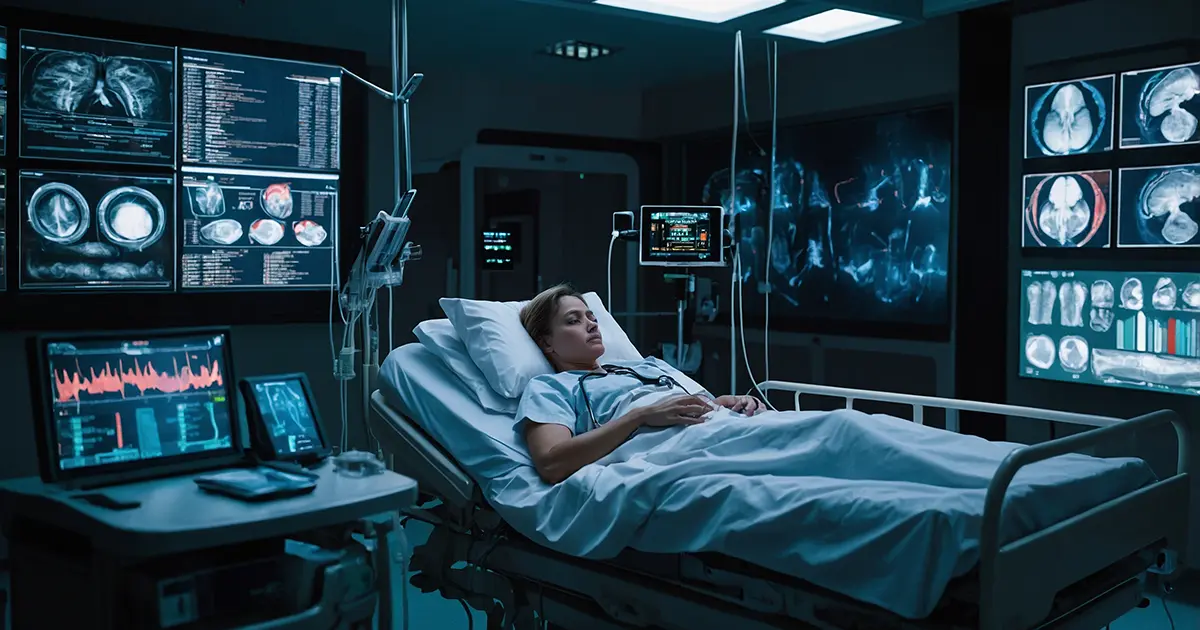
Examples of AI success stories in medicine
Several real-world cases demonstrate the role of AI in transforming patient outcomes. In one of the most famous stories, IBM Watson helped identify an unusual type of leukemia in a patient that doctors had missed. The AI system analyzed more than 20 million records and identified the correct diagnosis in a matter of minutes. Another example is a Tempus project that helped a breast cancer patient receive personalized therapy by using AI to analyze her genetic makeup.
Google’s DeepMind also saved the sight of a diabetic patient by using its AI tool to detect early signs of retinopathy, while Zebra Medical Vision helped detect early signs of osteoporosis in patients from their bone density scans. In addition, a partnership between Enlitic and radiologists helped detect lung cancer at a stage where traditional imaging tools would have missed the early signs. Each of these cases demonstrates that AI can provide life-saving insights that may be missed or delayed in a traditional healthcare setting.
Practical Tips: Using AI to Monitor Your Health
Today, you can use AI-powered apps and devices to monitor your health in a variety of ways. Here’s a quick overview of the most popular tools available to consumers:

Why AI is critical to the future of medicine
AI is poised to play an even bigger role in the future of healthcare. In the next 10 to 20 years, we can expect AI to not only help doctors diagnose diseases, but also develop entirely new treatments through predictive modeling and data analysis. Personalized medicine, where treatments are tailored to an individual’s genetic makeup, is another promising area. As AI systems become more sophisticated, they may even take over routine medical tasks, allowing human doctors to focus on more complex and nuanced aspects of patient care. Companies such as Tempus and DeepMind are already developing solutions to predict patient outcomes and suggest treatments before symptoms even occur.
Key points for health monitoring with AI
Wearable devices: AI-powered devices that track vital signs, such as heart rate or oxygen levels, and provide real-time health insights.
Early detection: AI systems help detect diseases early by analyzing medical data, such as X-rays and MRIs, with greater accuracy than traditional methods.
Personalized plans: Health apps use AI to provide customized diet and exercise plans, making healthy living more accessible and tailored to individual needs.
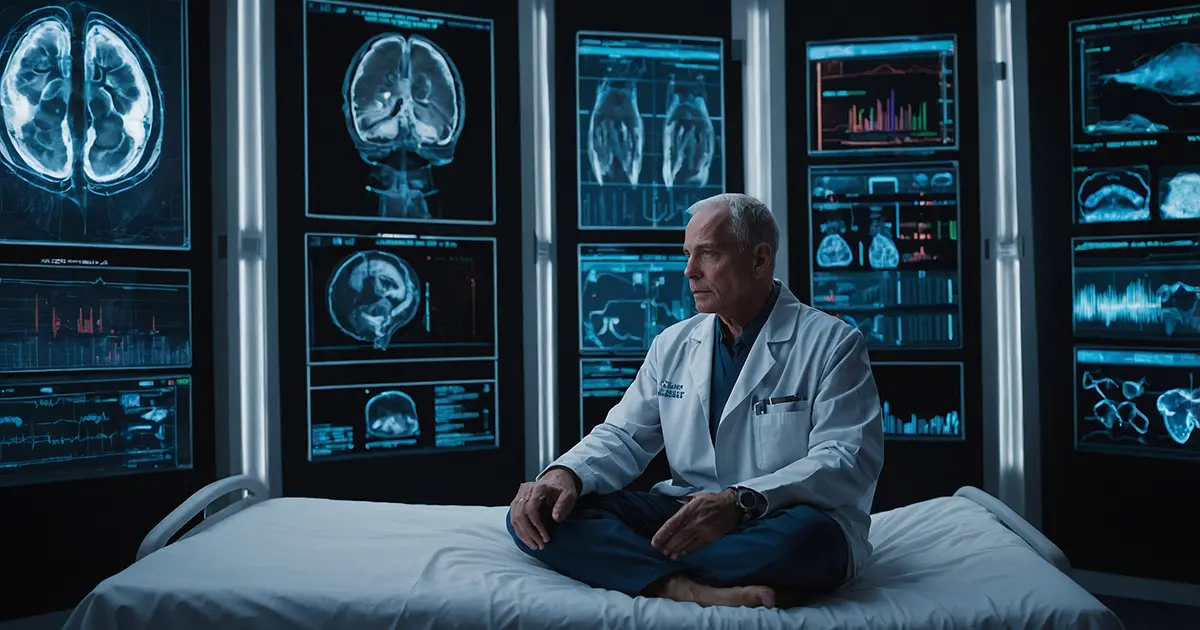
Must Know AI tools for health monitoring
- Apple Watch: Monitors heart rate, detects irregularities, and tracks overall fitness, providing personalized health data.
- Fitbit Sense: Tracks stress, sleep patterns, and skin temperature to provide a holistic view of your health.
- Google Health AI Tool: Detects early signs of diabetic retinopathy, potentially saving your vision before you notice symptoms.
Practical advice for using AI health tools in your daily life
If you’re just getting started with AI health tools, start by incorporating wearable devices like the Apple Watch or Fitbit into your routine. Set simple goals, such as tracking your daily steps or monitoring your heart rate during a workout. Use AI health apps like MyFitnessPal to create personalized meal plans to make sure you’re eating right. Review data from your devices and apps regularly to see patterns-this can help you spot early warning signs, such as irregular heartbeats or changes in sleep patterns. Don’t forget to talk to your doctor about incorporating these tools into your overall health plan, as they can provide valuable data to support your overall well-being.

